Notes
What’s So Impressive About Joe Raedle’s Climate Change Slide Show at the Denver Post
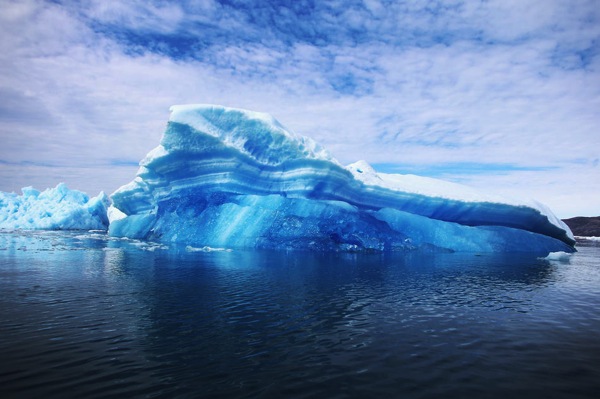
Adapting to change is nothing new for native Greenlanders and the melting glaciers have actually brought new resources and opportunities to the area, Raedle discovered. “I thought I was just going to this giant glacier, but there is a whole vibrant country there.
— Joe Raedle from “Melting Glaciers, Joe Raedle’s photographs from Greenland” (Denver Post)
Yes, there are the breathtaking iceberg and glacier shots. But it only starts there. What’s so wonderfully ambiguous and discomforting about the story is that…
- Like it or not, it defies the simplistic treatment of the doomsday piece. If surprising for how politically incorrect it is (think of that bond to oil and gas in the American Gulf), Greenlanders seem to see more than a silver lining to climate change.
- The piece is not just about melting glaciers and polar bears. (In fact, no polar bears.) Instead, the story goes beyond the one-dimensional focus on ice to the complexities on shore, looking at rural and urban life and also the larger economic ecosystem.
- If several of the photos are frankly beautiful, many are more utilitarian and, at least one, as I mention below, plays with “figures and ground” to symbolically play on our fear.
- And something I should also add: nobody understand the photo gallery form better than the Denver Post. Last year, they won the first Pulitzer for a photo essay (essentially a slideshow) based on the powerful work of photographer Craig Walker and his 49 frame “Welcome Home” story about Iraq veteran, Scott Ostrum. Edited and published exclusively online that January, Walker followed Ostrum for eight months documenting his trials and traumas struggling to adjust to civilian life.
But let’s concentrate on some of the key features of Raedle’s Greenland story starting with the image above. First drawing our of enviro-empathy, he shows us a glacier in something of an anthropomorphic shape (I see an animal’s, or a bird’s head) “calving” or separating before our eyes.
Above, Professor David Noone from the University of Colorado uses a snow pit to study the layers of ice in the glacier at Summit Station on July 11, 2013 on the Glacial Ice Sheet, Greenland.
This picture certainly amplifies two common features of the traditional global warming/warning story. In its depiction of the cool, glassy blue box, the photo, and ice, is both gorgeous as well as “science-y.” The photo is particularly impressive for the latter. Like looking at the rings of a tree stump, the appearance of lines gives us a a very accessible approach to the research process.
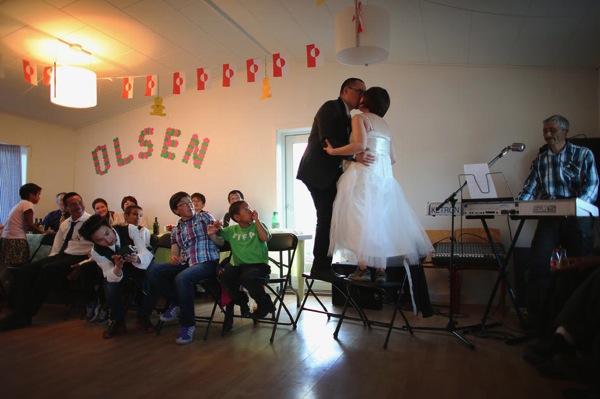
What’s also noteworthy is how the photos normalize Greenland and domestic life there at the same time it diligently documents the dramatic shift in climate conditions. Several pictures acquaint us with Ottilie Olsen and Adam Olsen, a couple from Qeqertaq who have recently gotten married. In this photo, the couple smooches on chairs likely following some local tradition or ritual. Playing with the “underlying anxiey,” the picture normalizes local life while also seeming to hint (hello Maldives!) at the threatening rise of water levels.
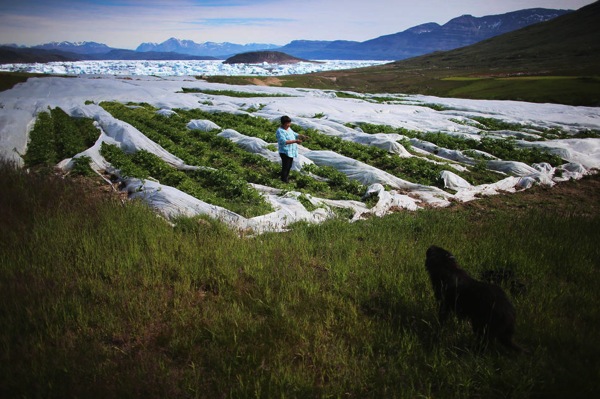
As you get further into it, the story shines in its switching of gears, the realities of subsistence, self-interest and local life challenging the binary thinking that anything besides saving the glaciers is bad.
According to Raedle, what civilization is losing in term of the ocean is balanced out, for example, by an extended growing season. Capturing the double edge, he offers us an artful contrast between flowers and ice in photo #36 or in an earthy photo of eager planting hands. In the photo above, the plastic over the crops cleverly looks like a natural extension of the ice and water flow, not a greater beneficiary of its reduction.
Raedle here is all about complicating idealized notions. Who’s to say, for example — Greenland being home to glaciers, these formations intrinsic to the balance of our ecology — that this part of the world should otherwise feel any special guardianship?
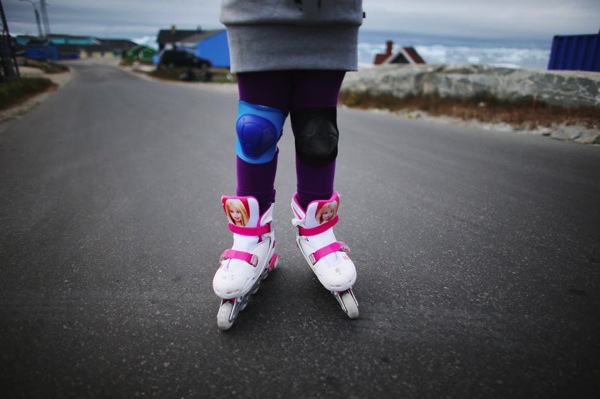
On the contrary, the closing eleven or so images confronts us with the fact that development and commercialism are as much values and facts of life here as anywhere.
See full post here.
(photos: Joe Raedle/Getty Images. caption 1: Calved icebergs from the nearby Twin Glaciers are seen floating on the water on July 30, 2013 in Qaqortoq, Greenland. caption 3: Newlyweds, Adam Olsen (L) and Ottilie Olsen kiss as they stand on chairs on July 20, 2013 in Qeqertaq, Greenland. The warmer temperatures that have had an effect on the glaciers in Greenland have altered the ways in which the local populace farm, fish, hunt and even travel across land. (Photo by Joe Raedle/Getty Images) caption 5: Construction cranes are seen as new apartment buildings are built into the mountains on July 29, 2013 in Nuuk, Greenland, the capital of the country of about 56,000 people. caption 6: A youngster wears barbie doll rollerblades as she skates on the street on July 18, 2013 in Ilulissat, Greenland.)
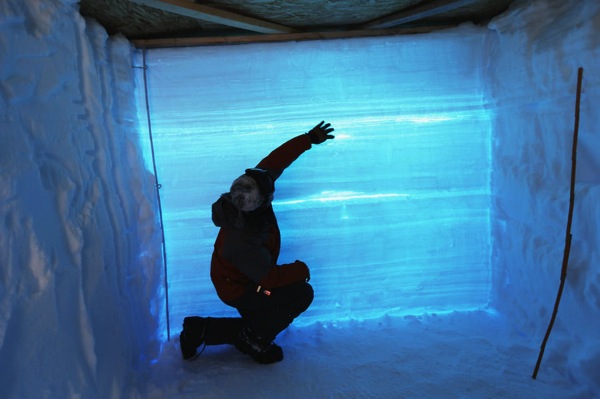
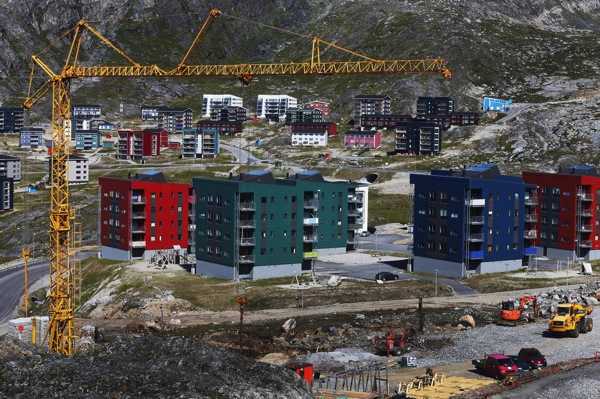
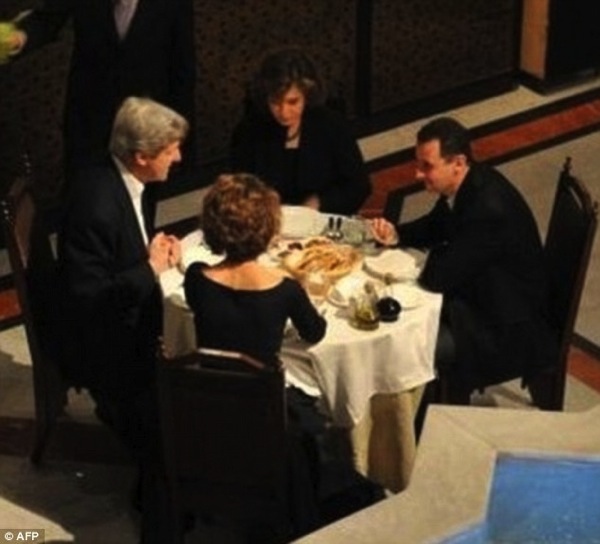
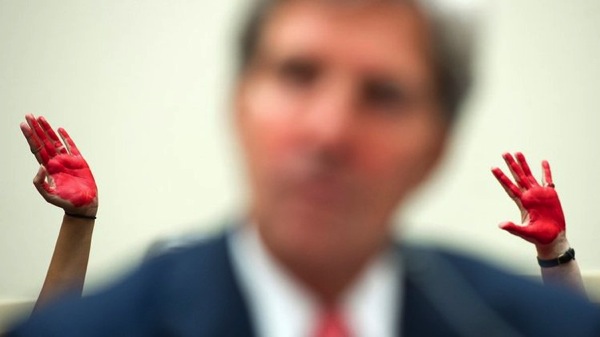
Reactions
Comments Powered by Disqus